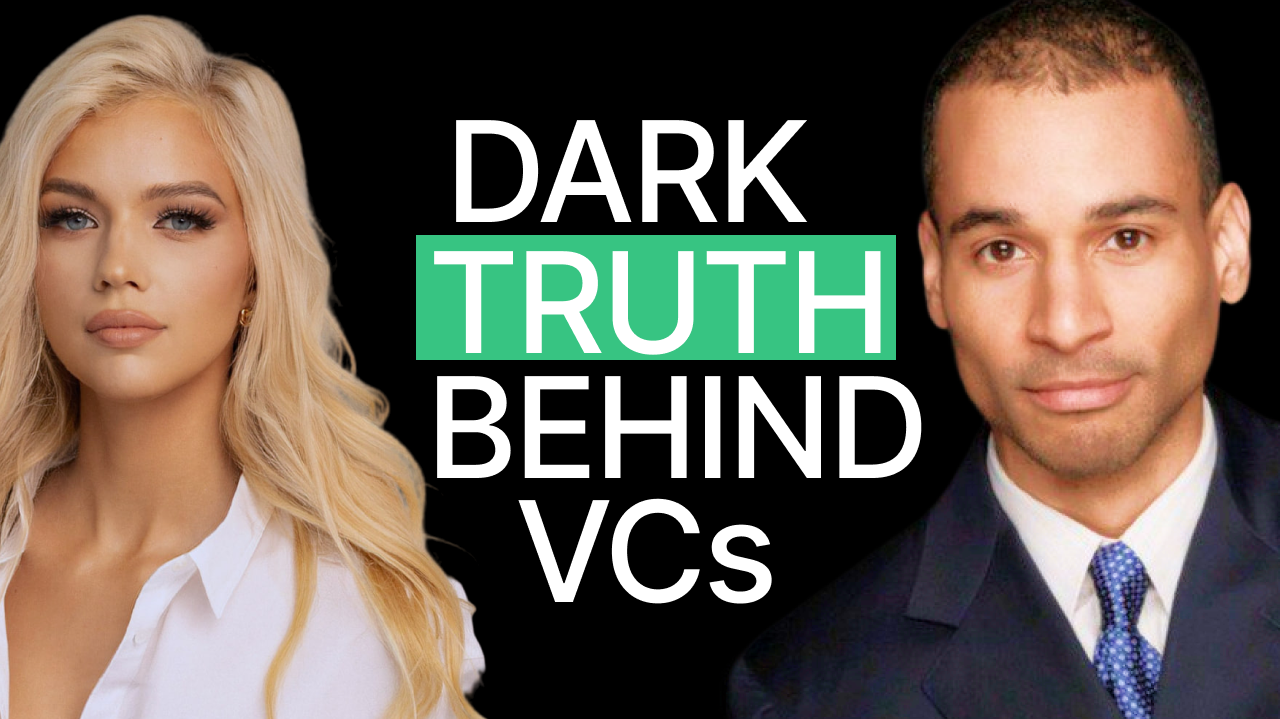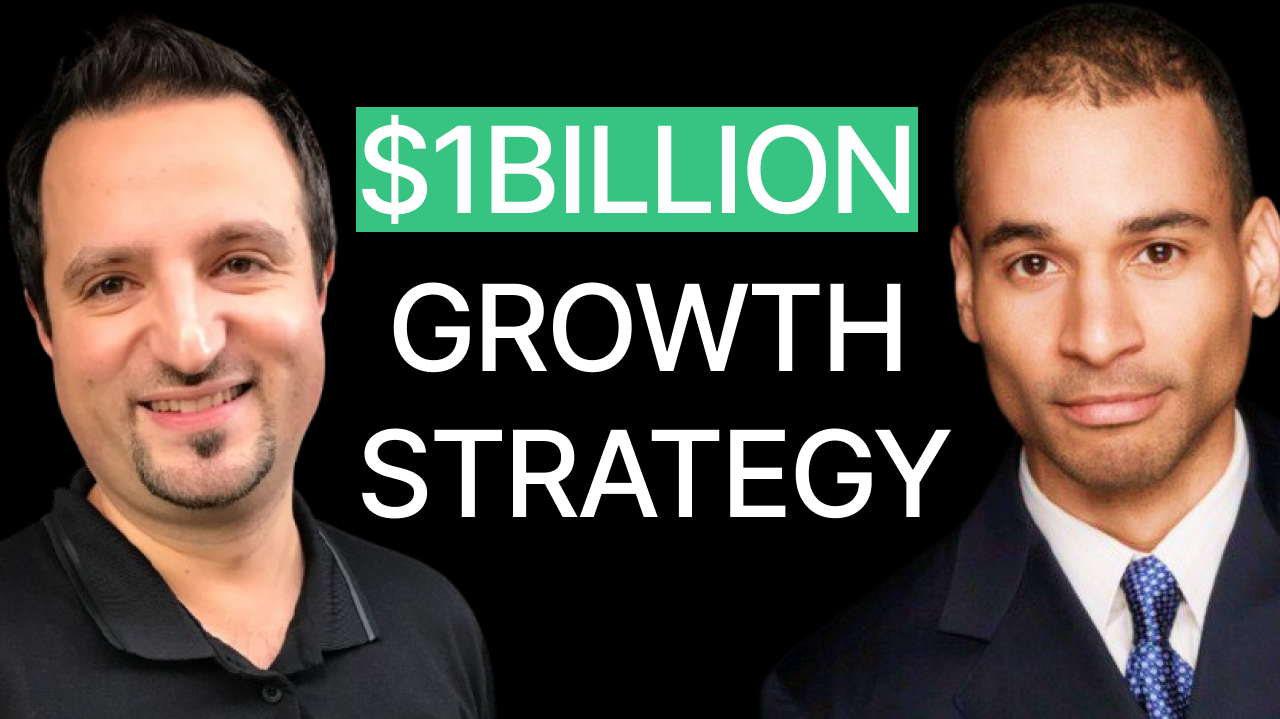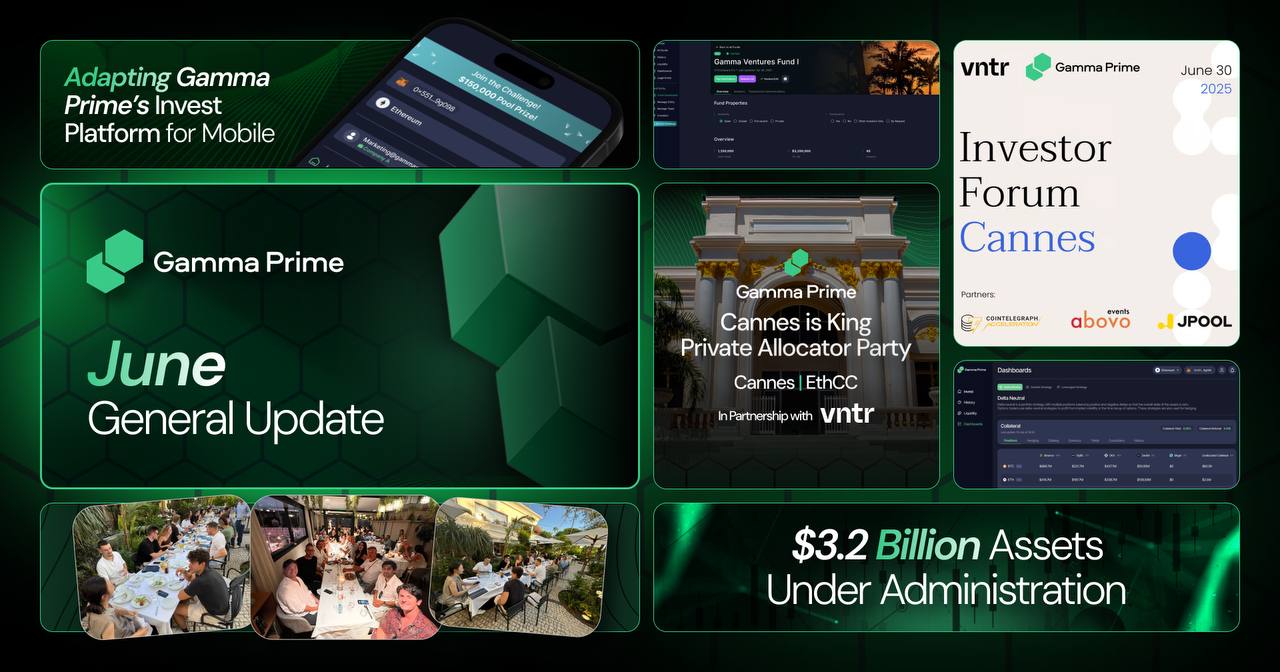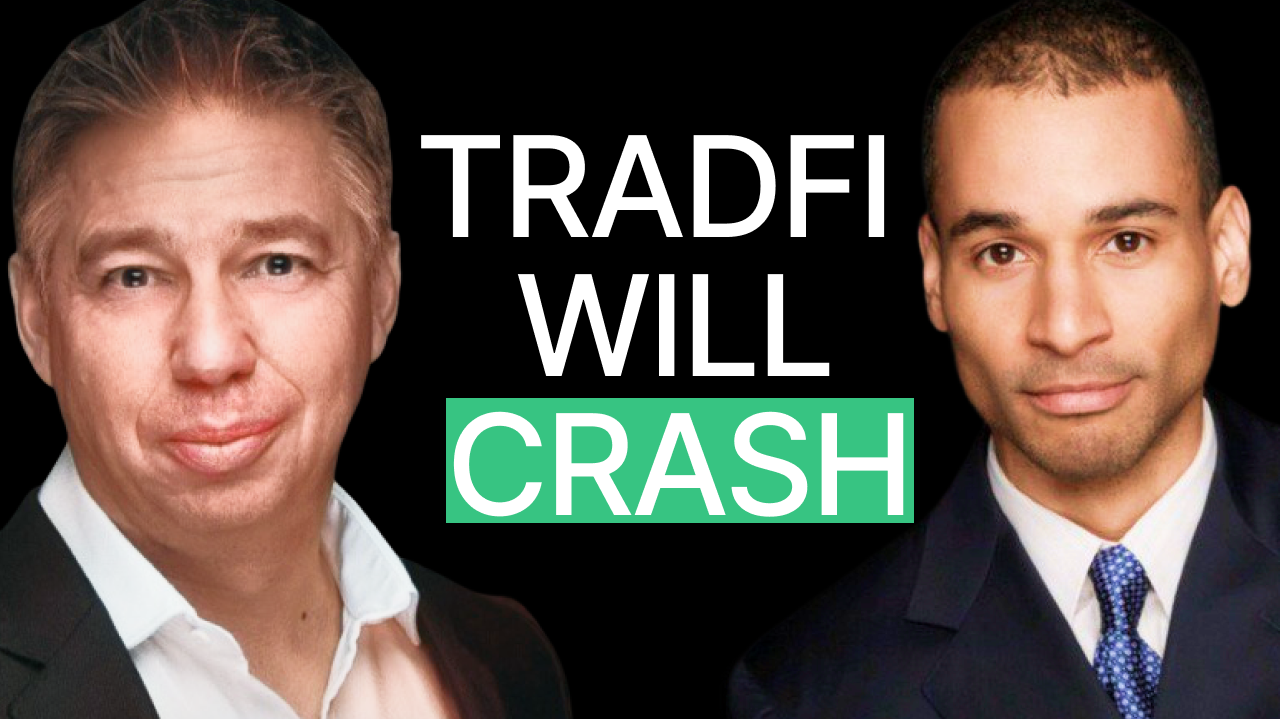Watch the full video interview on Gamma Prime’s YouTube channel – https://youtu.be/jKm0Xjrr-ls.
In this interview, we speak with Laura K. Inamedinova, CGEO at Gate.io, about how venture investing works in Web3 today. Laura K. Inamedinova explains why Gate Ventures focuses exclusively on token-based projects, how the fund helps teams beyond capital through listings, marketing, launch support, and strategy, and what separates solid projects from short-term hype.
Interview with Laura K. Inamedinova, CGEO at Gate.io
Korath (Gamma Prime) :
Laura, great to have you here. I know Gate Ventures is doing a lot behind the scenes, and I’m excited to get into the details. Let’s start from the beginning – how would you describe what Gate Ventures is, in your own words?
Laura K. Inamedinova (Gate Ventures):
Thank you, it’s a pleasure to be here. Gate Ventures is the venture capital arm of Gate.io, which is one of the longest-operating centralized exchanges in the industry. We recently celebrated 12 years – and that longevity gives us a strong foundation. The fund came out of a need we saw a few years ago. There were many great crypto projects being built, but they didn’t just need money – they needed real support, infrastructure, and help going to market. That’s how Gate Ventures began – as an answer to that need.
Korath (Gamma Prime) :
So the fund wasn’t just created to deploy capital, but to fill a strategic gap?
Laura K. Inamedinova (Gate Ventures):
Exactly. Most founders don’t just need a check. They need help with everything from tokenomics to community growth to liquidity. Since we’re part of a global exchange, we’re in a great position to offer more than just money. We can help with listings, connect you to top market makers, run trading competitions, and even help you design your token launch in a way that’s sustainable and healthy.
Korath (Gamma Prime) :
How early do you usually get involved?
Laura K. Inamedinova (Gate Ventures):
We invest at all early stages – from pre-seed all the way to Series A. If the team is strong and there’s a solid vision, we’re open to supporting them early. That being said, we only invest in tokens, not equity. That means we want to see a path to value accrual through the token – whether through usage, staking, governance or protocol economics. If there’s no reason for the token to exist, we’re likely not a good fit.
Korath (Gamma Prime) :
What kinds of projects or sectors are getting you excited right now?
Laura K. Inamedinova (Gate Ventures):
Stablecoins are a big one. Not just USDC or USDT, but things like yield-bearing stablecoins, decentralized stable assets, and PayFi infrastructure. We’re seeing growing interest in protocols that connect real-world usage with stable value – for example, stablecoin payments, remittance platforms, or on-chain payroll. Beyond that, we’re also watching account abstraction, zero-knowledge middleware, and restaking. But we’re very selective – just because something is trendy doesn’t mean it’s investable.
Korath (Gamma Prime) :
Let’s talk about the AI trend – what’s your take on that?
Laura K. Inamedinova (Gate Ventures):
There’s a lot of noise. “AI agents” became a buzzword overnight. We’ve seen dozens of pitches where the actual product is just a ChatGPT API with a token attached. That doesn’t interest us. What does interest us is where AI meaningfully improves user experience or product performance – for example, improving recommendation systems in DeFi, or automating governance and monitoring. If AI is embedded in a way that creates long-term utility – great. But hype for hype’s sake? That’s a red flag.
Korath (Gamma Prime) :
I hear a lot of founders struggle with tokenomics. What makes a good model in your view?
Laura K. Inamedinova (Gate Ventures):
A good token model is one that rewards long-term engagement and discourages short-term dumping. First, the token has to be useful – it should have actual functions inside the protocol. Second, the allocation must be fair. Too many tokens go 60 percent to insiders and 5 percent to the community – that’s not going to work. Third, the unlock schedule needs to be gradual and predictable. If half your supply unlocks in the first three months, it’s game over. And lastly, you need liquidity planning – who’s going to buy your token, where, and why?
Korath (Gamma Prime) :
So when a founder pitches you, what are the top things you’re looking for?
Laura K. Inamedinova (Gate Ventures):
We focus on seven main things. First – the founder’s Web3 experience. Have they worked in crypto before, or are they trying to port over a Web2 idea? Second – what they’re building and whether it solves a real problem. Third – tokenomics, which we already touched on. Fourth – go-to-market strategy. Can they actually launch and maintain momentum? Fifth – capital allocation. Do they know how to spend the money efficiently? Sixth – product readiness. Even an MVP tells us something. And seventh – token utility. Is there an actual reason for the token to exist?
Korath (Gamma Prime) :
Do you help founders shape that if they’re early enough?
Laura K. Inamedinova (Gate Ventures):
Definitely. If we’re involved early, we can be very helpful. We’ve helped projects redesign tokenomics, plan better listings, structure trading events, and connect with ecosystem partners. But once a round is closed and terms are fixed, there’s not much we can change. So timing is everything.
Korath (Gamma Prime) :
What’s the biggest mistake early-stage teams make when approaching investors?
Laura K. Inamedinova (Gate Ventures):
They pitch too hard, too fast, without building a relationship. I always tell founders – don’t send a 30-slide deck cold. Start with a short message: who you are, what you’re building, how much you’re raising, and why now. If there’s interest, we’ll ask for more. And don’t ghost after a call – send follow-ups, build the relationship. Even if we don’t invest immediately, we might later. And we might introduce you to someone else who will.
Korath (Gamma Prime) :
Let’s say you’re building your dream project as an investor – what would that look like?
Laura K. Inamedinova (Gate Ventures):
That’s a fun one. Okay, here’s the fantasy: a low valuation – say under $20 million. A solid, experienced team with previous Web3 success. Token unlocks that are spaced out wisely – maybe 40 percent over four years. A real product that isn’t a fork of something else. Top-tier investors already in the round. Community traction before launch. And confirmed listings on quality exchanges. That’s the dream deal. We see maybe one of those a year.
Korath (Gamma Prime) :
That’s honest. And what would you say to a founder who’s just entering the space and trying to raise for the first time?
Laura K. Inamedinova (Gate Ventures):
Do your homework. Learn how VCs think. Read about token mechanics. Talk to other founders. Launch something small – a testnet, a beta, anything. Show you can ship. And be honest about what stage you’re in. Nobody expects you to be perfect – but we do expect you to be serious. The projects that win aren’t always the loudest – they’re the most consistent. And remember – every investor is a long-term relationship, not just a source of money.
Korath (Gamma Prime) :
That’s solid advice. Laura, thank you for taking the time and for being so open – this was one of the most practical and real interviews I’ve done.
Laura K. Inamedinova (Gate Ventures):
Thank you too. I love having conversations like this. If it helps one founder improve their raise or rethink their launch, then it’s time well spent.



